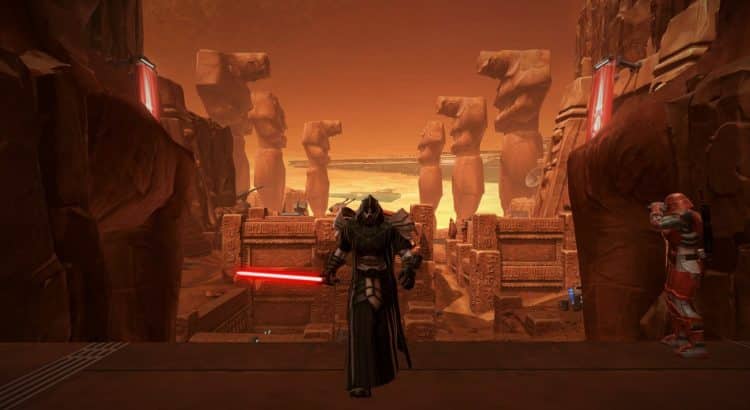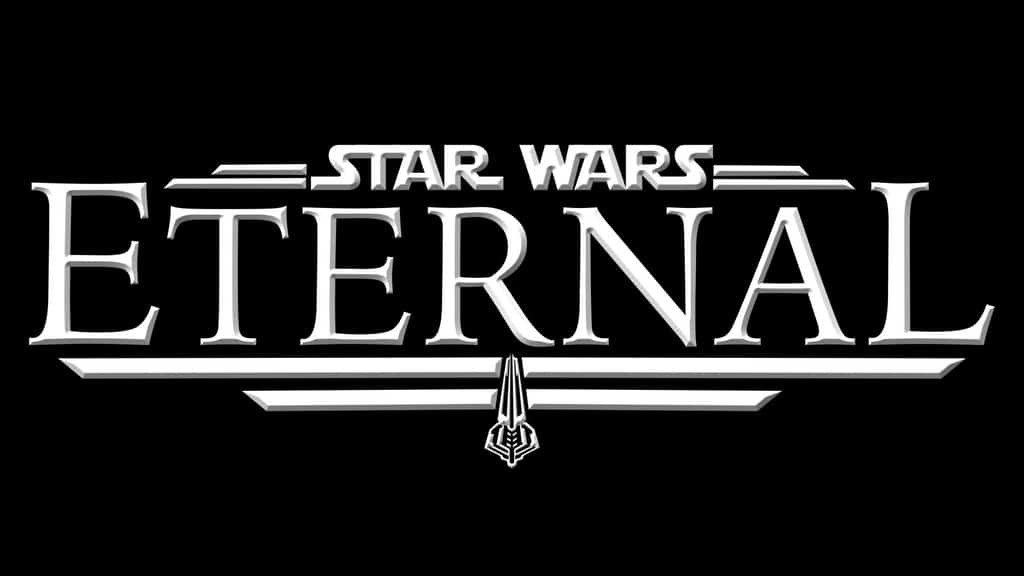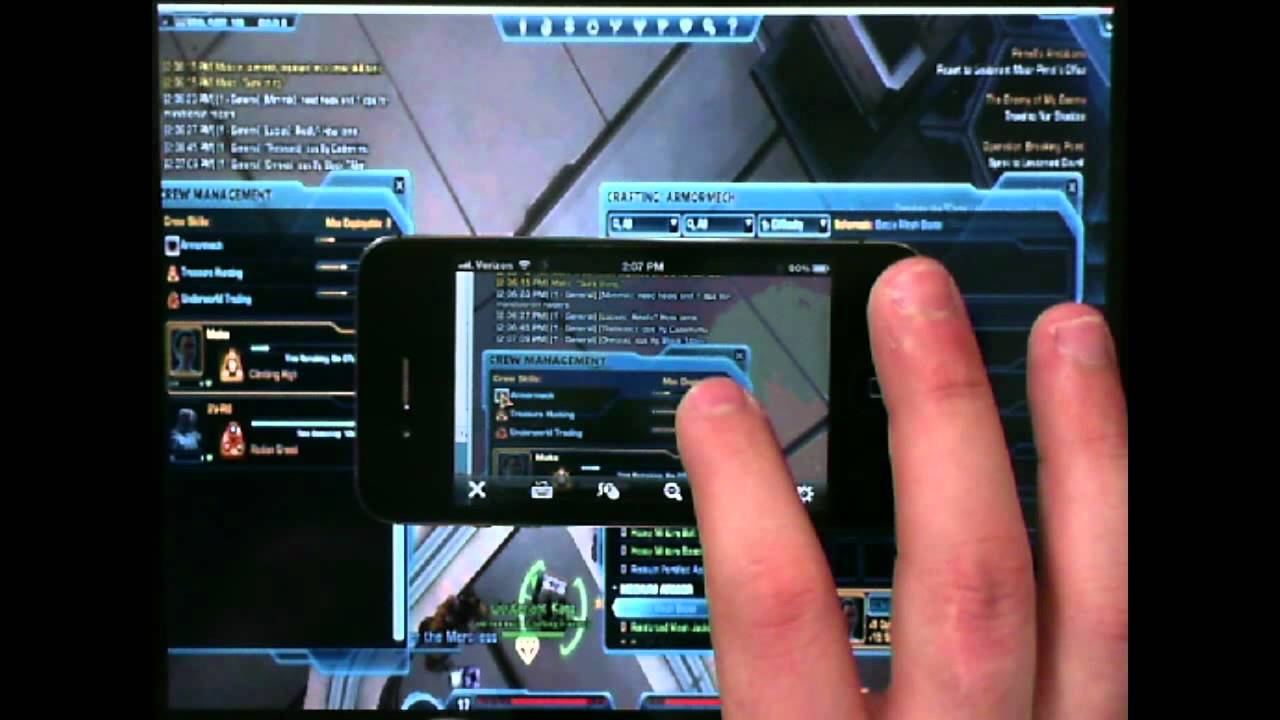The Star Wars: The Old Republic (SWTOR) universe has seen a plethora of expansion patches since its inception. These expansions have not only added new content but have also significantly influenced the game’s dynamics, storylines, and player experience. This essay delves into the various expansion patches, evaluating their impact and the shifts they brought to the game.
1. Rise of the Hutt Cartel (2.0 Patch-Cycle)
The 2.0 patch-cycle, encompassing the Rise of the Hutt Cartel, stands out as a favorite among many players. This expansion was rich in content, introducing Galactic Starfighter, strongholds, new operations, daily zones, flashpoints, and a revised PvP feature. However, it wasn’t just the quantity but the quality of the content that made it memorable. The storyline transported players to Makeb, where they confronted the Hutt Cartel. The narrative brilliantly mirrored SWTOR’s original philosophy, offering distinct roles for both factions, creating a comprehensive narrative when combined. The expansion also introduced new group content, including the Scum and Villainy operation and hard modes for base-game flashpoints.
2. Onslaught (6.0 Patch)
The 6.0-era, particularly the Onslaught expansion, brought significant changes to the game. It introduced the first faction-differentiating story since the 2.0 patch and revamped a previously flawed system from an earlier expansion. However, the story presented challenges. While the Republic’s narrative on Onderon followed the Imperial version, the expansion began to lean heavily into alternate timelines, depending on the faction. This divergence created inconsistencies in the narrative, making certain storylines implausible based on player choices. Despite these narrative challenges, the expansion introduced the Galactic Renown system, which improved upon the Galactic Command system, and the Nature of Progress operation.
3. Shadow of Revan (3.0 Patch)
Despite its rocky launch plagued by bugs, the Shadow of Revan expansion holds a special place in the game’s history. The expansion introduced side missions with pop-up dialogues, a departure from the traditional quest-giving method. However, the highlight was the unique class story missions, which remain memorable for many players. The expansion also introduced two operations, new flashpoints, and a revamped skill tree system called Disciplines. This system, though initially met with skepticism, persisted for several patches, proving its longevity and adaptability.
4. Legacy of the Sith (7.0 Patch)
The Legacy of the Sith expansion was brief but managed to avoid the narrative pitfalls of the 6.0 patch. The storylines of both factions were distinct, ensuring no significant contradictions. The expansion also introduced the combat styles functionality, allowing players to customize their characters further. However, the expansion faced challenges, especially with content difficulty. Many players found the new content too challenging, making progression difficult for casual players.
5. Knights of the Fallen Empire (4.0 Patch)
The Knights of the Fallen Empire expansion was a significant departure from previous expansions. It introduced chapters as a story element, which, while beautifully animated and engaging on the first playthrough, became tedious in subsequent runs. The expansion also lacked new operations or flashpoints, with Star Fortresses being the closest equivalent. The expansion’s narrative also faced criticism for its deviation from the core SWTOR storyline, focusing heavily on the new Zakuul empire.
6. Knights of the Eternal Throne (5.0 Patch)
The 5.0 patch, encompassing the Knights of the Eternal Throne expansion, faced challenges from the outset. The story felt rushed, likely due to the need to wrap up the narrative started in the 4.0 patch. The expansion introduced the Galactic Command system, which, while innovative, was criticized for its heavy reliance on RNG for gear acquisition. The uprisings, new content introduced in this expansion, were also seen as forgettable by many players.
Conclusion
The various expansion patches of SWTOR have each brought unique elements to the game, influencing its evolution over the years. From the comprehensive content of the Rise of the Hutt Cartel to the divisive narrative choices in the Knights of the Fallen Empire, each expansion has left an indelible mark on the game. While some expansions were met with widespread acclaim, others faced criticism for their narrative choices or gameplay mechanics. However, each expansion, regardless of its reception, has contributed to the rich tapestry of the SWTOR universe, ensuring its continued relevance and appeal to players worldwide. As the game continues to evolve, it will be fascinating to see how future expansions build upon the legacy of their predecessors.







